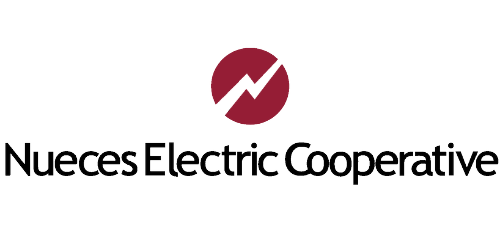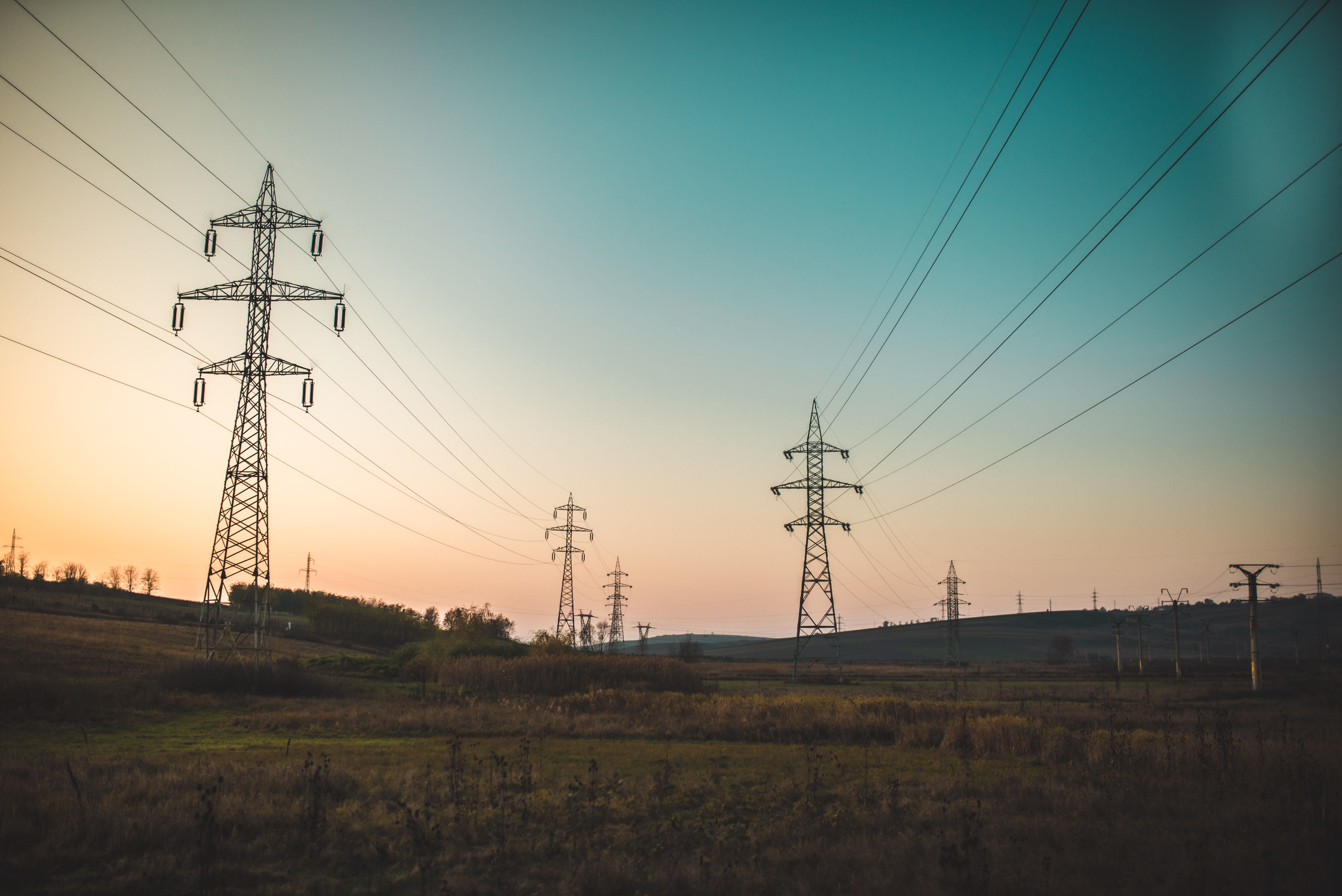“Demand” is the peak amount of electricity being used by a member at any one time. Demand varies from hour to hour, day to day and season to season. This usage, which is expressed in kilowatts (not kilowatt-hours), is called “demand” on the system. For the majority of commercial customers, NEC monitors demand over a 15-minute period. The member is charged for the highest 15-minute average recorded on the demand meter. After NEC reads the meter each day, demand is reset to zero and the meter starts over, recording the highest 15-minute average for the next day. At the end of the billing period, the highest demand reading recorded is the demand used for calculation of the billed demand and demand charge.
Demand charge is based on each customer’s maximum 15-minute demand on the cooperative’s distribution system each month. Demand is measured in kilowatts (kW). Customers are billed according to kW of demand for their rate. NEC does not apply a demand rate and demand charge for peak demand below 35kW.
To illustrate how demand charge can affect an electric bill, look at two simple examples:
- Running a 40 kW load for one hour would result in usage of 40-kilowatt hours (kWh) and accrue a demand charge of 40 kW.
40 kW x 1 hour = 40 kWh.
Demand = 40 kW. - Running a 4kw load for 10 hours would also result in usage of 40kWh but would only accrue a demand of 4kW.
4 kW x 10 hours = 40 kWh.
Demand = 4 kW.
Both examples use the exact same amount of energy (40 kWh) and perform the same amount of work. However, the resulting bills will be very different.
Applying a rate demand charge of $3.00 per kW and an energy charge of 5.00 cents per kWh to both examples produces the following results:
Bill Number 1
40 kW x $3.00 = $120.00
40 kWh x .05 = $2.00
Total = $122.00
Bill Number 2
4 kW x $3.00 = $12.00
40 kWh x .05 = $2.00
Total = $14.00
Why so different?
The actual energy (kWh) used is the same, and the work done is the same. The difference between the bills is based entirely on the highest demand recorded during any given 15-minute period that month.
A demand rachet is the demand billed based on prior demand readings. If a peak demand is set at 50kW, the demand charge for the following 11 months will be based on 85% of the 50kW (42.5kW) demand or the actual demand, whichever is greater. Setting a new peak higher than 50kW will set a new rachet level. 11 months after setting a new peak, the demand resets to 85% of the next higher peak or the current peak, whichever is higher. If the peak demand falls below 35kW for 11 months after the peak was set, the rate is changed to a non-demand rate.
Demand charges are the way NEC and other utility providers pay for generation and distribution capacity it needs to meet peak demand that occurs from time to time. The demand charges your cooperative pays to its wholesale power supplier is also calculated on the basis of the highest demand during the month. NEC uses the same method to bill demand to its demand-rate members.
No. Demand charge billing is used consistently in the electric utility industry.
To reduce demand charges, simply examine your operation.
- What energy-efficiency improvements can be made?
- Does all of the equipment need to be running at the same time?
- If not, what can be turned off while other equipment is running?
Often there is equipment that is operated infrequently. If this is the case, can some other equipment be turned off while this equipment is running? The result may be significant savings in your monthly demand charge.
So, to reduce your demand (and demand charge) going forward, consider making these adjustments:
During peak hours, spread out the use of major appliances rather than running them at the same time.
Do laundry and other chores that require significant amounts of electricity outside of peak hours, such as mid-day, later in the evening, or on weekends. (Consider setting timers to run your dishwasher, clothes dryer, and other appliances outside of peak hours.)
Purchase a programmable thermostat to reduce heating and air conditioning usage during peak hours.
Consult with NEC to help evaluate ways to improve the energy efficiency of your operation. Give us a call at (361) 387-2581.

